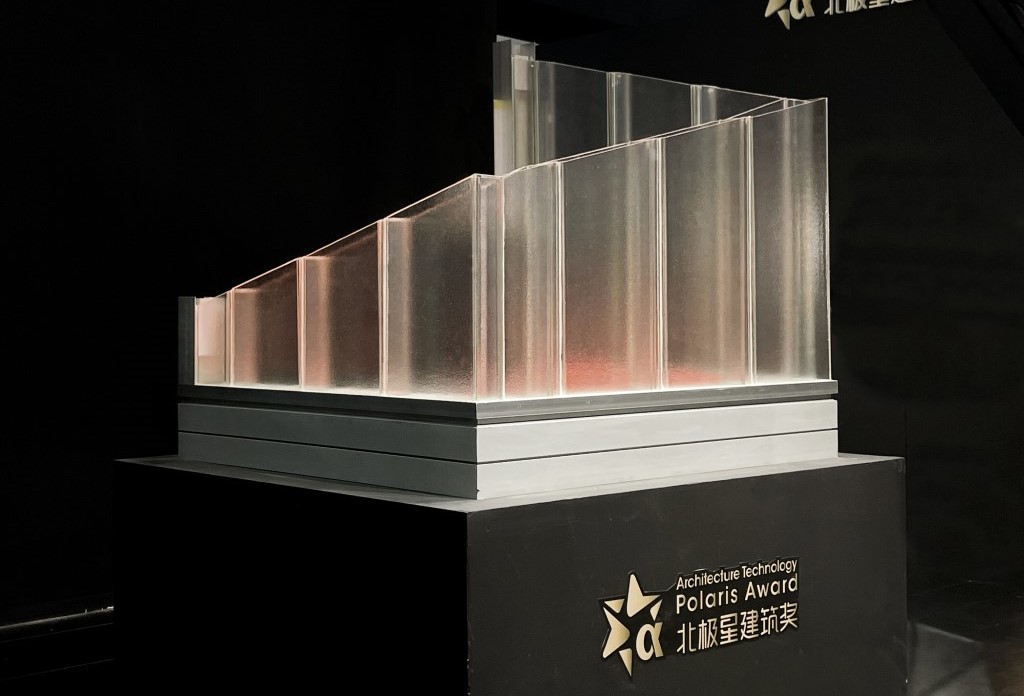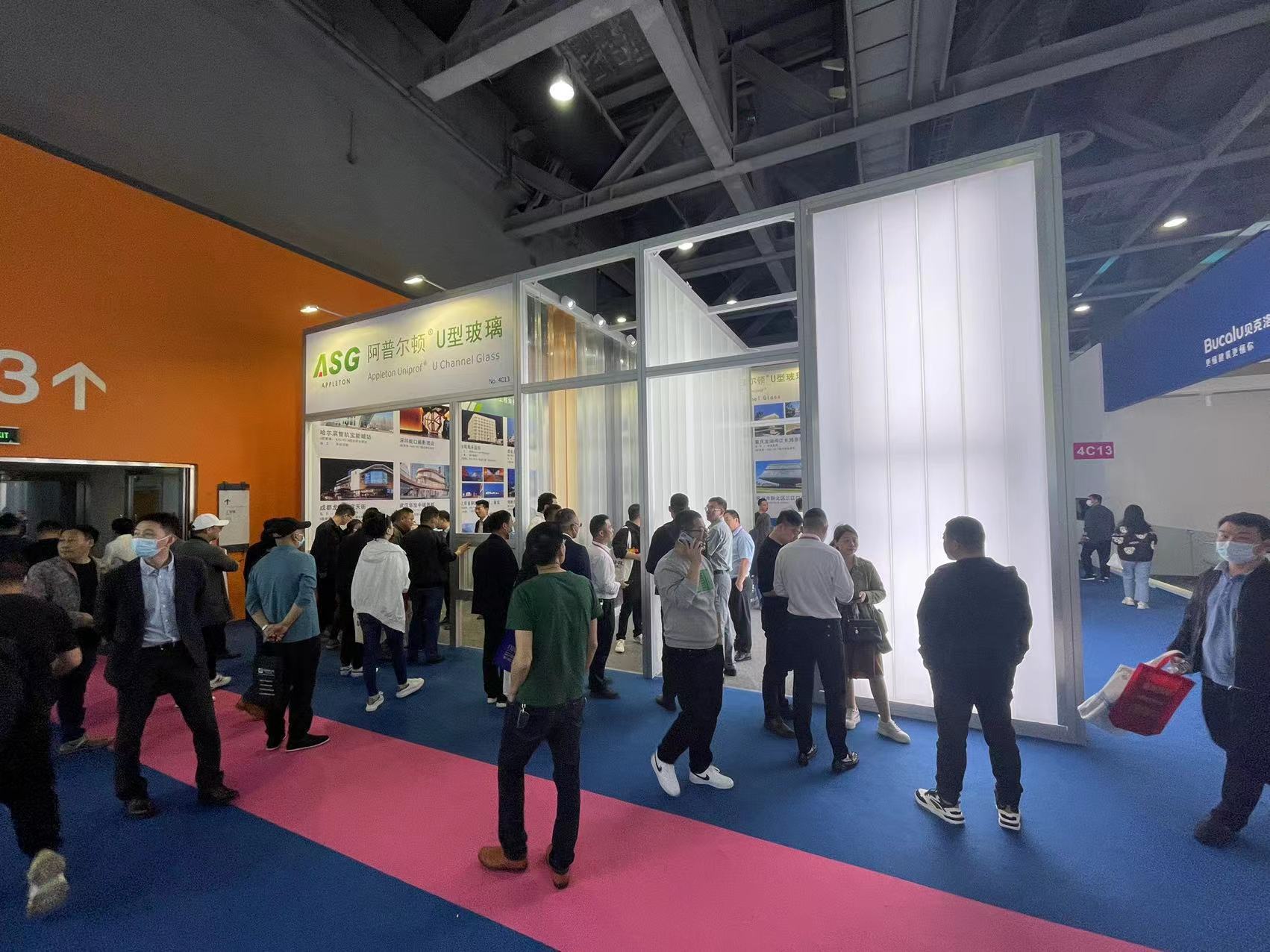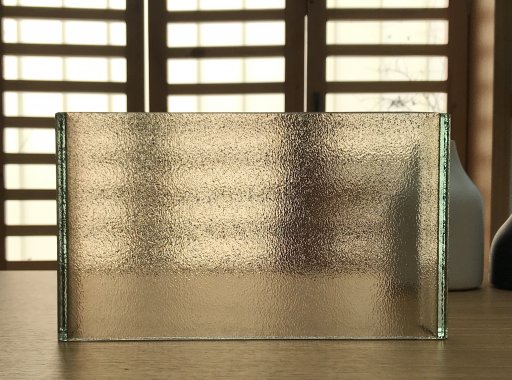Channel Glass Thermal performance
2019-04-10
A common challenge with curtain walls, façades, and other large glazed areas is overcoming the ‘terrarium effect.’ This refers to the process whereby an interior space captures and holds the sun’s radiant heat, raising indoor temperatures uncomfortably in summer or in sunny climates. Likewise, in cool regions, heat loss can be a challenge.

Channel glass’ configuration can help building teams manage heat transfer and offset the terrarium effect. The individual glass segments can be mounted in an overlapping fashion to create an insulating dead-air-filled space. This arrangement typically has a solar heat gain coefficient (SHGC) of 0.69 and a U-value of 0.50. Specifying channel glass with thermally broken frames, low-emissivity (low-e) coatings, and insulation can further enhance energy performance. For instance, an effective insulator is aerogel, a material that is 90 percent air and, therefore, translucent. When placed in cast-glass channel cavities, it can help reduce the SHGC to 0.31 and the U-value to 0.19 with marginal impacts on light transmission.
Since SHGC and U-values vary by the type of thermal treatment, it is important to verify performance levels with the manufacturer or supplier, and ensure the material can satisfy a wall’s thermal performance requirements. Also, as is the case with any glazing, the energy-saving benefits of daylighting require coordination between window design, placement, and electric lighting controls. A given building design might capture large quantities of natural daylight, but without controls to automatically reduce artificial lighting, the result can be a net loss from lighting and mechanical cooling costs.

The Whole Building Design Guide (WBDG) underscores the importance of achieving this balance, noting: “The science of daylighting design is not just how to provide enough daylight to an occupied space, but how to do so without any undesirable side effects.”










